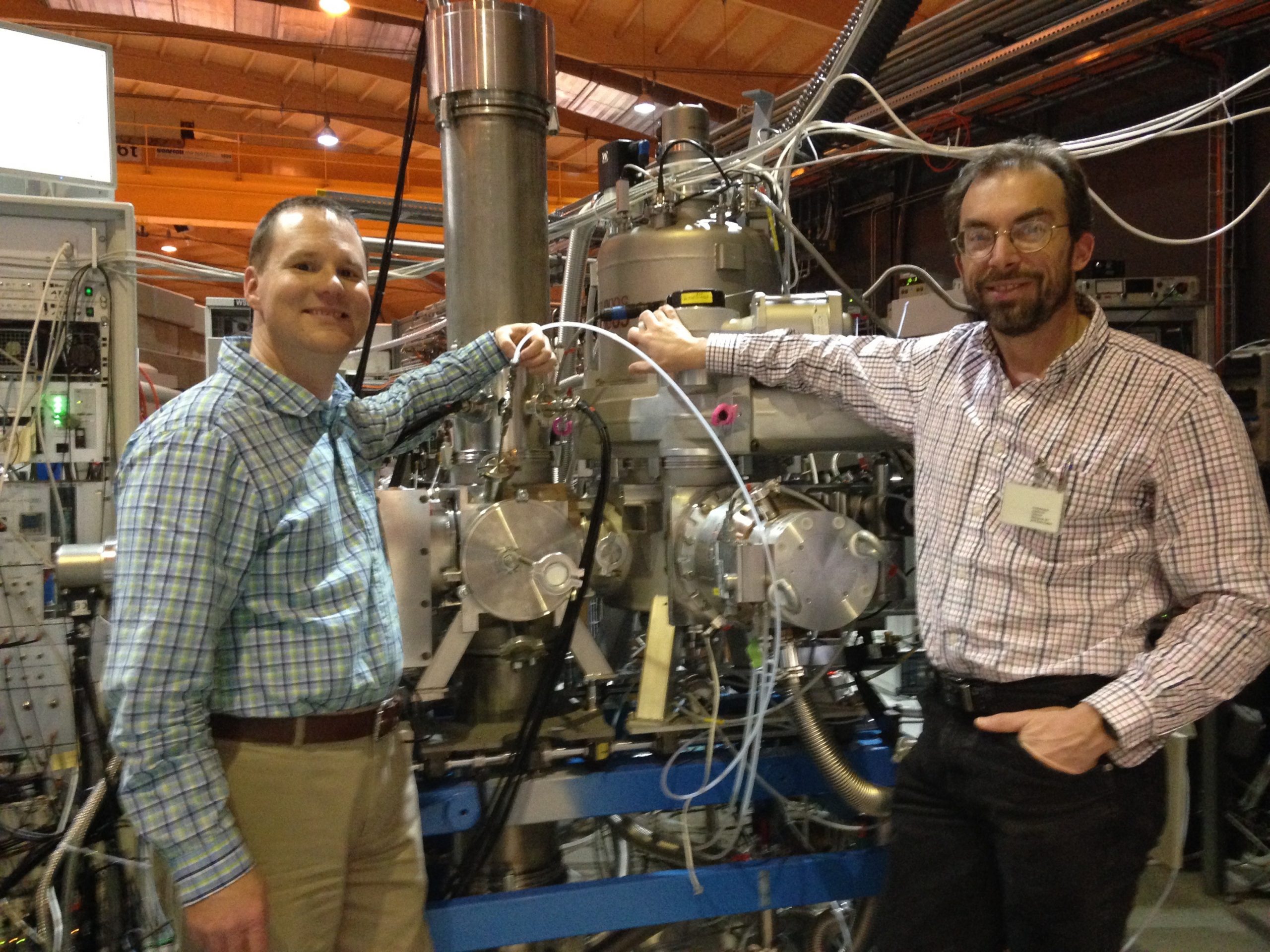
Sandia Labs creates better ‘fingerprints’ to detect elusive, valuable chemical compounds
By Sarah Sewel
Imagine being able to see the entire Statue of Liberty and a small ant on its nose simultaneously. The drastic difference in size between the two objects would seem to render this task impossible.
On a molecular level, this is exactly what a team led by Sandia National Laboratories chemists David Osborn and Carl Hayden accomplished with a special, custom-made instrument that has enhanced the power of a method called photoelectron photoion coincidence, or PEPICO, spectroscopy.
This enhanced method could yield new insights into chemical reactions in the troposphere (the lowest layer of the Earth’s atmosphere) and in low-temperature combustion. On a more general level, this breakthrough furthers the Department of Energy’s mission to provide fundamental science underpinning the storage, use and transformation of chemical energy.
Osborn and Hayden, who is now retired, conceived the design at Sandia’s Combustion Research Facility and tested it alongside Patrick Hemberger and Andras Bodi at Switzerland’s Paul Scherrer Institute, in collaboration with Krisztina Voronova and Bálint Sztáray from the University of the Pacific in Stockton, California. This research is part of an ongoing PEPICO spectroscopy collaboration between the three institutions.